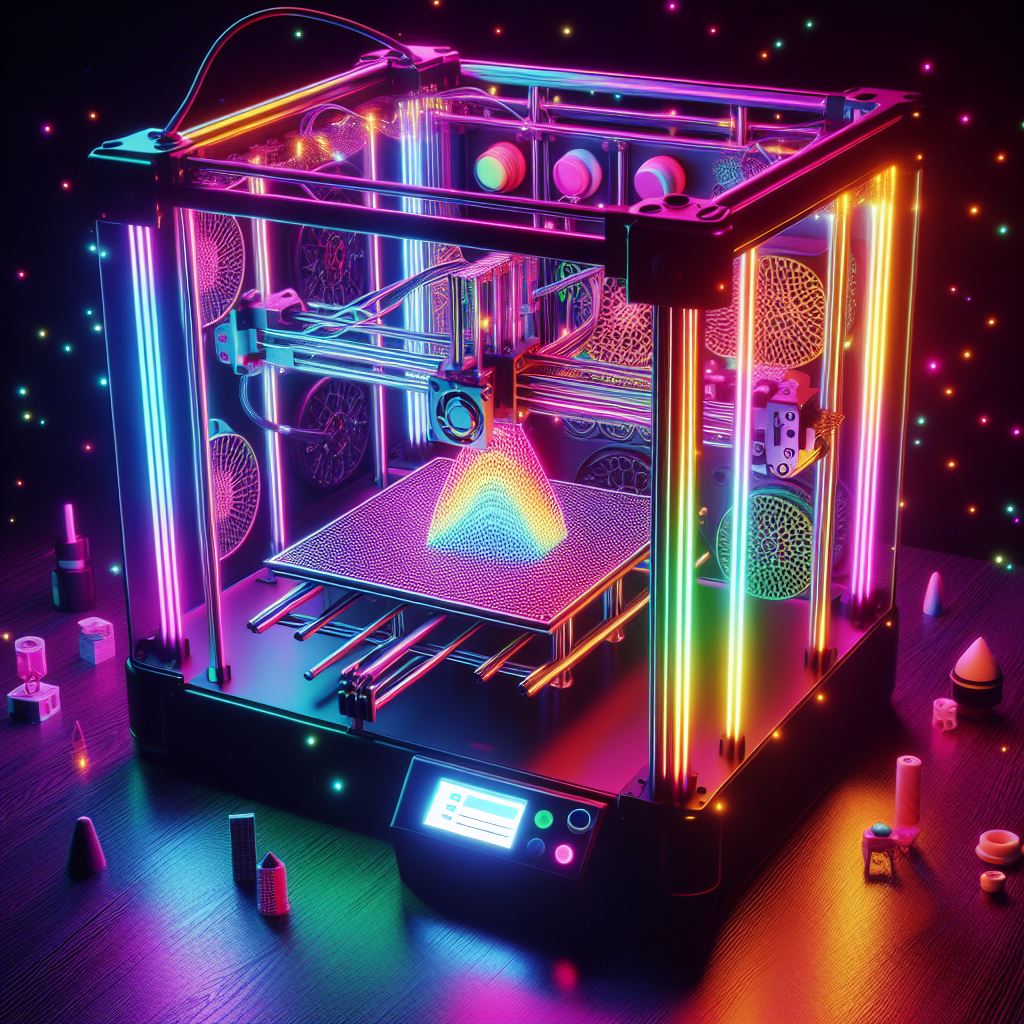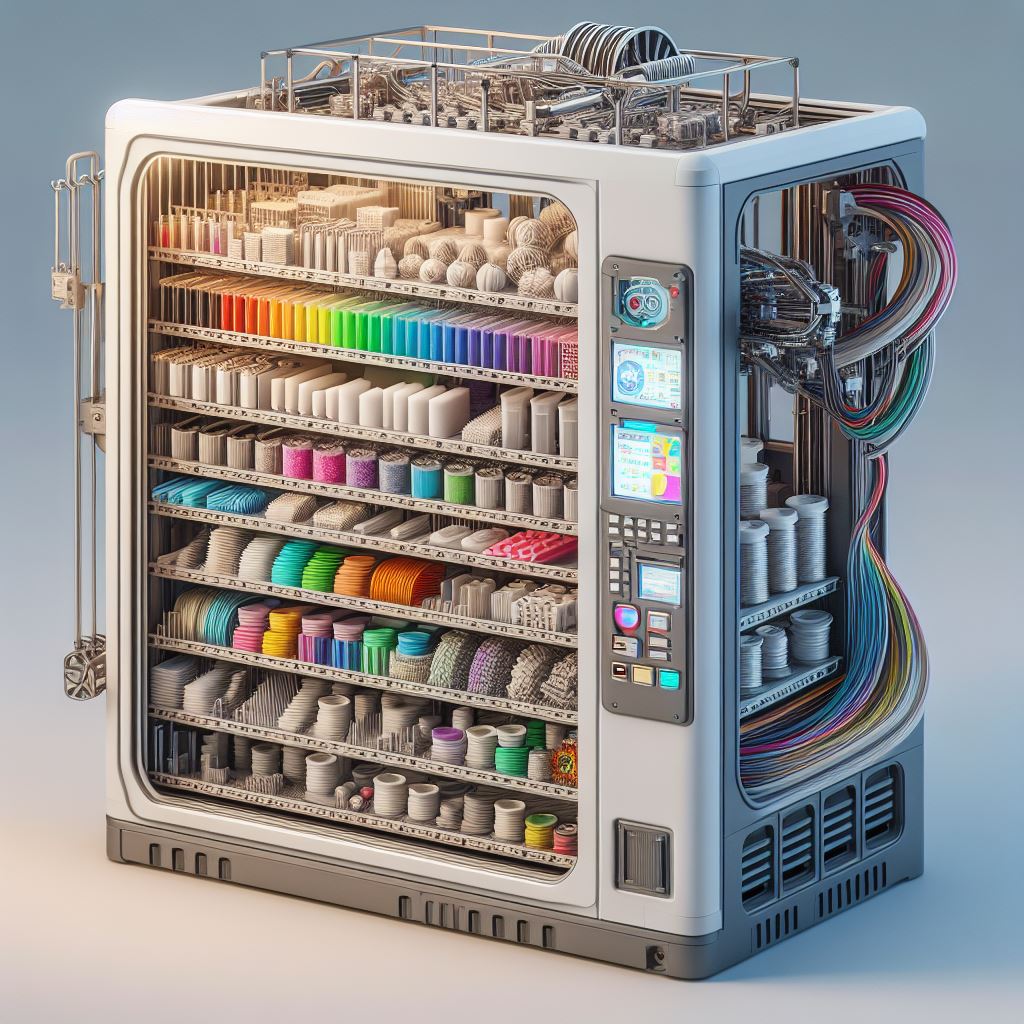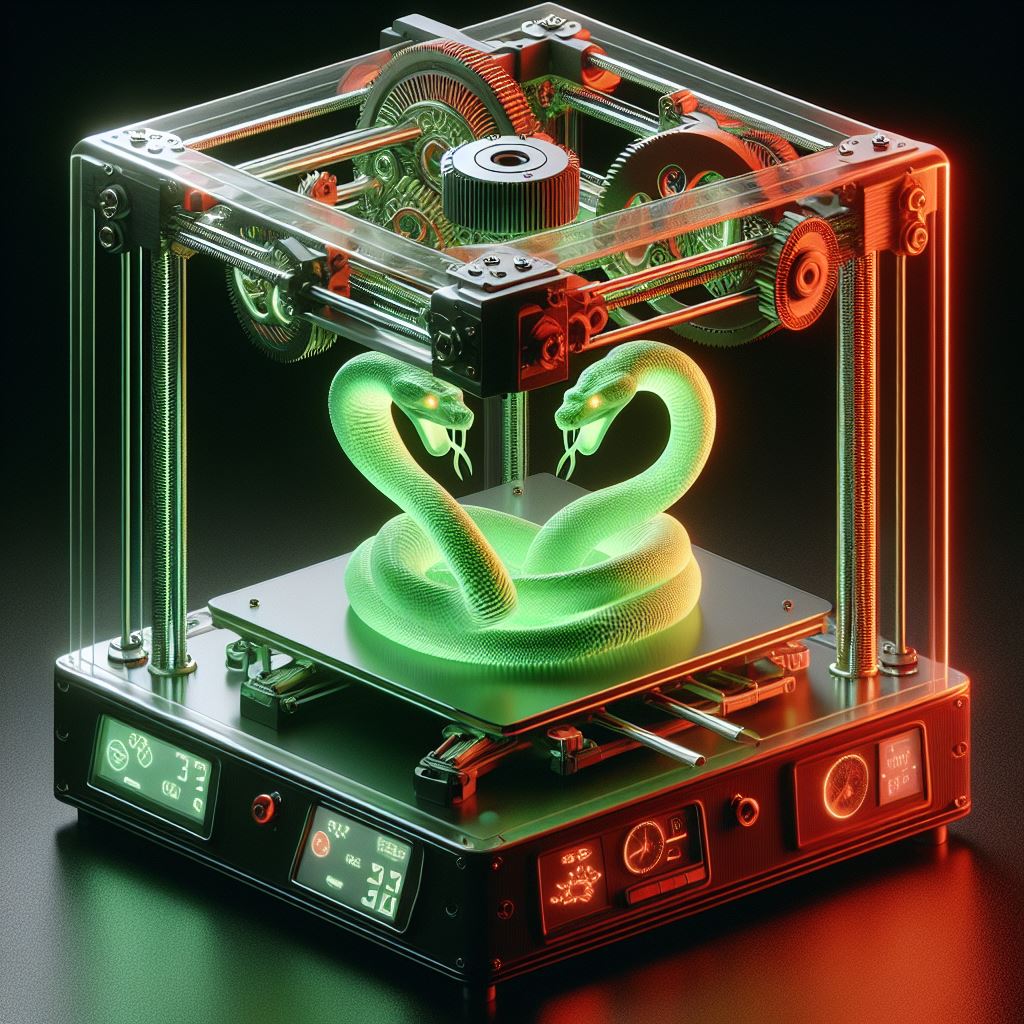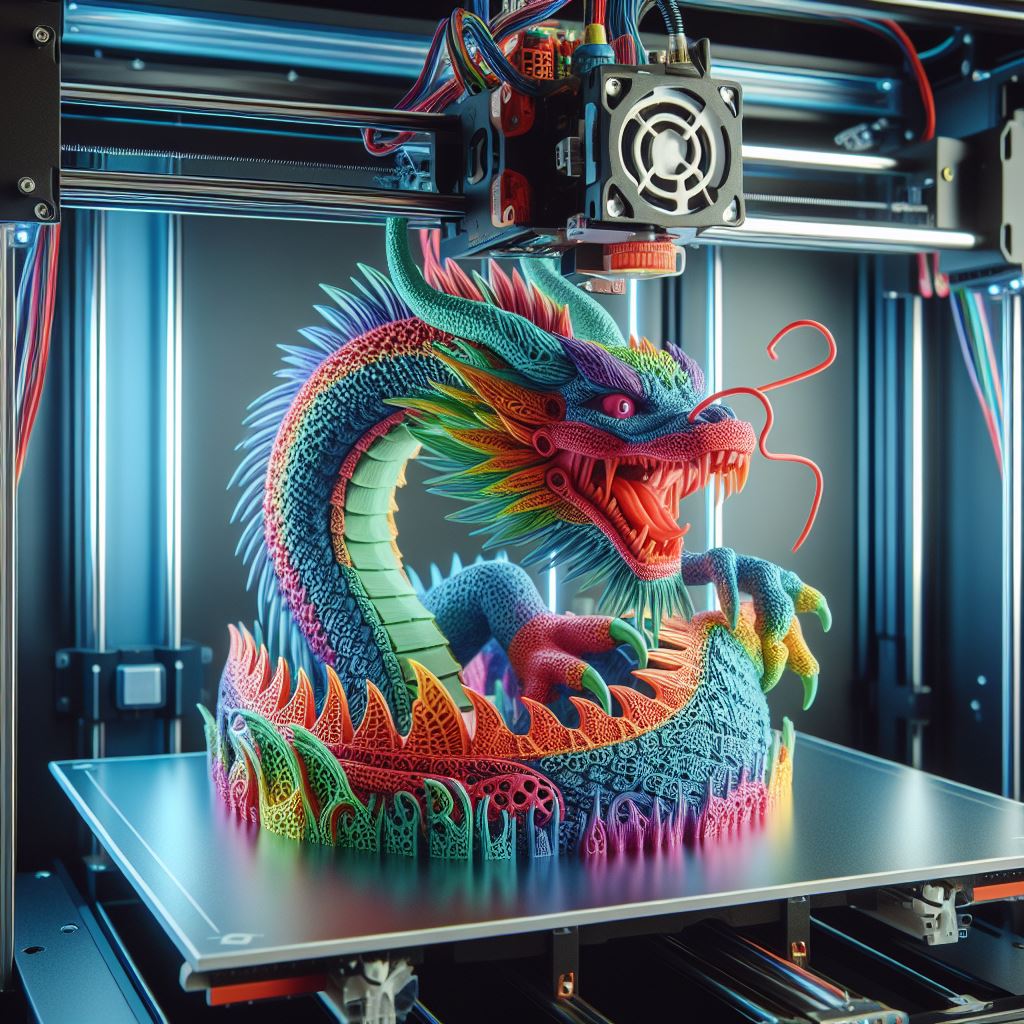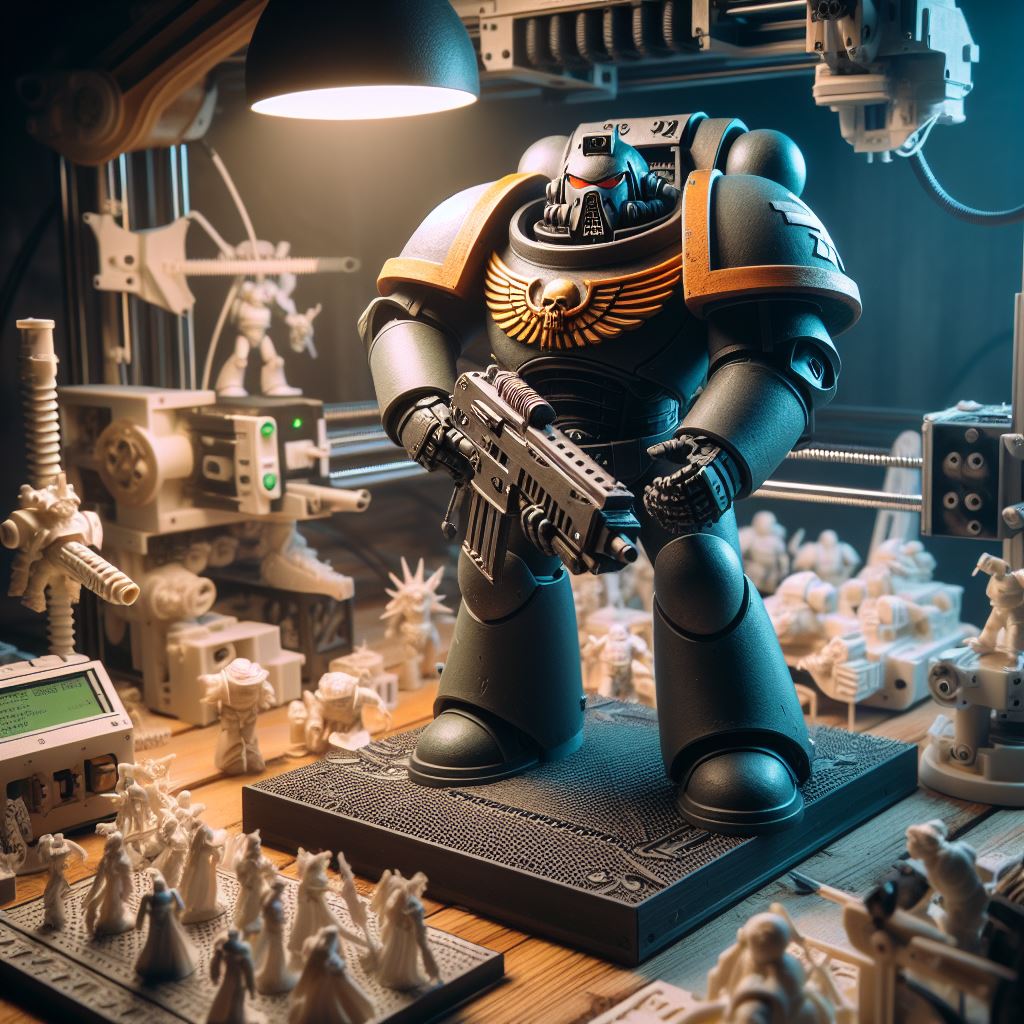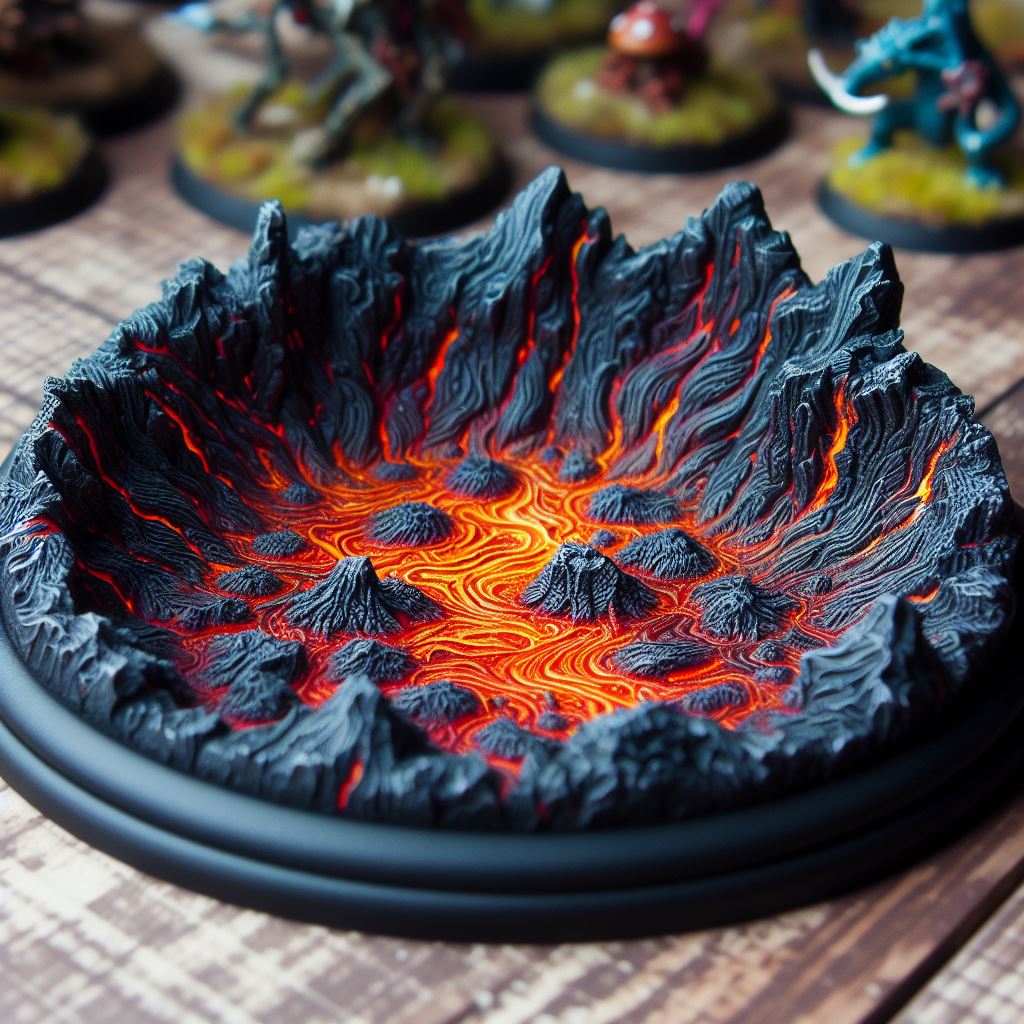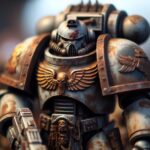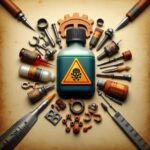Guide to Strong Supports for Miniature 3D Prints
As a team member at Warhammer Universe with experience in 3D printing miniatures, I want to provide the most helpful tips for creating strong supports when 3D printing miniatures. Properly supporting miniatures is crucial for success, but orientations and bed adhesion can also reduce dependence on supports. Follow our guide for robust supports and smoother miniature prints. We also have more tips on our YouTube channel.
Choosing Whether to Use Supports
Not every miniature requires supports. Consider wide angle overhangs and bridges, your printer’s capabilities, and print speed.
Overhangs over 60° often need supports. Verify bridges connect at both ends. For >90° angles like an “r”, supports are mandatory.
If your printer handles a 60° overhang poorly, activate supports starting lower. Slower prints also need lower support angles.
Avoiding Supports
Clever orientation minimizes or eliminates overhangs needing support. Consider:
- Orientation minimizing overhang angles
- Editing the model’s shape to reduce overhangs
- Splitting the model into multiple support-free parts
- Designing parts specifically for easier 3D printing
Choosing Support Types
Common lattice supports leave marks but are customizable. Concentric fits rounded shapes well.
Organic models like humans suit tree supports. These generate efficiently, use less material, offer cleaner finishes, but take longer to slice. Avoid for wide flat overhangs.
Dual extrusion printers can use dissolvable PVA supports for the cleanest finishes. Soak finished prints to dissolve PVA away.
Setting Support Density
Start with ~10% supports density, adjusting as needed. Consider:
- Faster prints need less dense supports
- Higher quality needs more density, but complicates removal
- Larger overhang angles need >=15% density
- Harder removal with higher densities
Orienting and Supporting Miniatures
Proper orientation is vital. Study the sculpt’s shape and possible print issues. Adjust to:
- Maximize bed contact area
- Ensure bottom layers print onto an existing surface
- Build tricky shapes like tails using the model itself as support
Example: A miniature with a complex foot curve needs the model rotated back and lowered until the heel makes flush contact with the bed.
My Support Settings (for 0.08mm layers on a Prusa MK3S)
- Tree Supports
- Contact Z Distance: 0.25mm
- Interface Layers: 3
- Interface Loops: Disabled
- Pattern Spacing: 0.2mm
- XY Separation: 75%
I highly suggest enabling “Limit Support Retractions” under Travel to simplify removal, especially when printing batches.
Bed Adhesion Aids
For miniatures lacking bases, use a brim to prevent shifting and improve first layer adhesion.
If having bed adhesion issues, first improve leveling. If shifting continues, lower travel speeds.
Step-by-Step Thought Process
When I import a new miniature STL, I mentally check:
- Does this need supports at all? Overhang analysis.
- Any complex shapes causing issues? Rotation/orientation checks.
- Done needed model edits for printability?
- Pick optimal orientation, maximizing build platform contact.
- Add brim if needed.
- Generate tree supports with my dialed-in settings.
- Review supports before slicing.
Support Removal Tips
Removing supports requires patient, methodical cutting away from the model. Never pull supports off!
I use flush cutters and rotate the blade away after cuts to tear supports free. My general order is:
- Remove supports from trickiest sections first, protecting fragile areas from damage.
- Cut away outer brim not touching the model. This prevents pulling on feet when removing lower supports.
- Work around the figure section-by-section, leaving supports in other areas helping to brace the model. Move top-down.
- Make final cuts on supports, clean up any leftover brim.
- Enjoy your completed miniature!
Choosing Software and Printers
For slicing, either recent versions of Cura or PrusaSlicer work very well. Ensure proper profile settings for your printer model and filament. Adapt speeds, temperatures etc. from other profiles to refine quality.
Higher-precision printers like the Prusa MK3S are excellent for miniature printing. Small details come out far cleaner. Plan for slow print speeds – 45 mm/s is a good maximum speed.
The default 0.4mm nozzle may still be too coarse. A 0.25mm nozzle significantly improves miniatures, but properly dialing in settings gets crucial.
Getting Perfect First Layers
Nail your first layers before attempting tricky miniature prints!
Use GCode samples to test real prints – symbols, frogs, boats. Check for:
- Stringing or blobs – dry filament, adjust retraction
- Ringing – tighten belts, reduce speeds
- Warping – adhesion issues, clean/level bed
- Layer shifts – loose belts or bolts, slow down
Adjust mechanical issues first. Contact support sharing sample print problems if calibration fails.
Filament Considerations
Higher-quality filaments like eSUN PLA+ improve mini print quality. I suggest grey for easier post-processing.
Store filament properly to prevent moisture absorption which causes stringing and adhesion issues.
Troubleshooting Prints
Turn supports transparency on in layers view and inspect tricky spots.
Overhang failures? Slow down external perimeters to 30 mm/s.
Supports breaking off or fused on? Adjust interface layers, X/Y separation %, Z gap.
Warping or detaching from the bed? Increase brim width to 7-15 mm or enable a raft.
Conclusion
I hope this guide helps you achieve success printing challenging miniatures on your FDM printer! Let me know if you have any other questions – happy to provide more tips and settings recommendations for getting great quality details on your models. Check out our YouTube videos for more miniature printing advice. Good luck and happy printing!
Related Articles
Find the top 3D printers in 2024 for hobbyists – compare 15+ models across all price ranges based on key performance factors.
Get definitive answers on IP laws for 3D printing miniatures in 2024 – know the personal use vs. commercial permissions surrounding copyrighted works.
Master robust miniature 3D printing strategies plus pro painting and preservation tips for creating durable tabletop game pieces.
Troubleshoot stringing issues on prints by tweaking temperature, retraction settings, print speed and cooling for smooth, clean miniatures.
Get cost clarity by budgeting your 3D prints – weigh printer expenses, resin/filament, paints, models costs and army size considerations.
See how nozzle dimensions impact resolution – guide to balancing detail against print speed for stunning tabletop miniatures.
Get beginner printer recommendations – compare resin and filament technologies on affordability, ease of use and print quality factors.
Find the best 3D model files for printing high quality miniatures – curated by tabletop genre from fantasy to historical.
Apply fundamental 3D printing techniques for beginners – tackle first test prints through smoothing, cleanup, priming, painting and finishing.
Select the right primer paint for your print’s filament material – maximize paint adhesion and finish durability.

